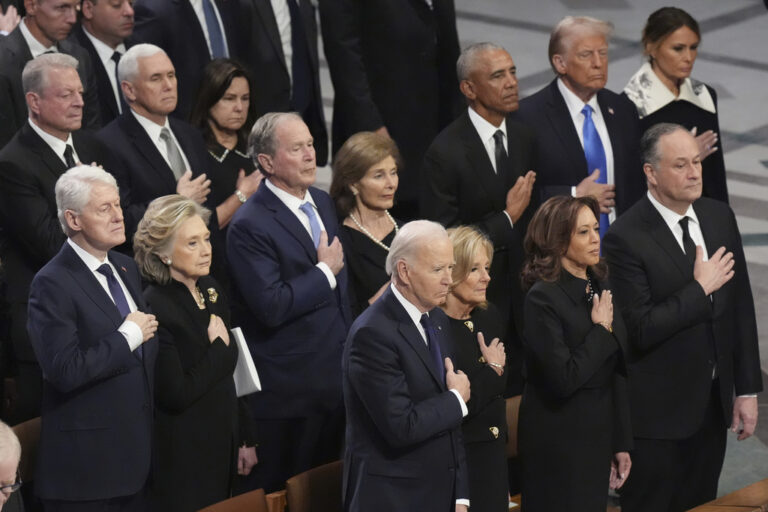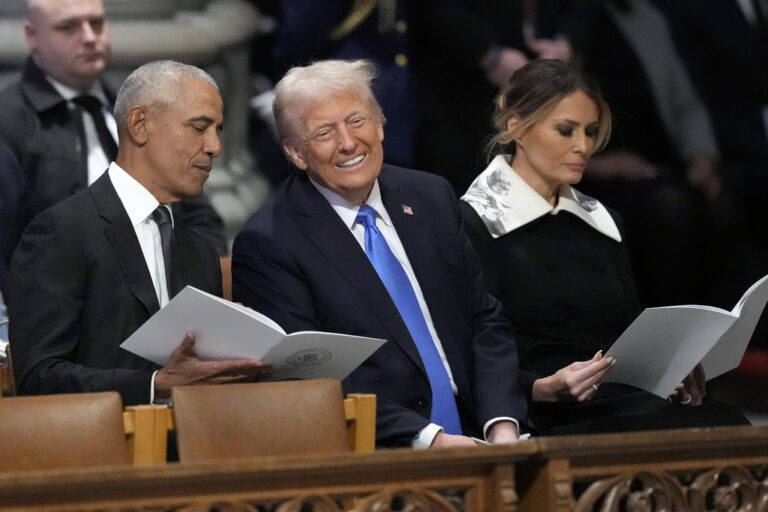 U.S. employers added a robust 195,000 jobs in June and many more in April and May than previously thought. The job growth raises hopes for a stronger economy in the second half of 2013.
U.S. employers added a robust 195,000 jobs in June and many more in April and May than previously thought. The job growth raises hopes for a stronger economy in the second half of 2013.
The unemployment rate remained 7.6 percent. That was because more people started looking for work in June — a healthy sign. Once people without jobs start looking for one, they’re counted as unemployed.
An improving job market makes it more likely that the Federal Reserve will slow its bond purchases before year’s end. The bond purchases have kept long-term interest rates low.
Job growth “continues to look more than strong enough to keep unemployment trending down … and probably more than strong enough to lead to Fed tapering starting in September,” said Jim O’Sullivan, chief U.S. economist at High Frequency Economics.
Pay also rose sharply last month, the Labor Department’s monthly jobs report Friday showed. Pay has now outpaced inflation over the past year.
Stocks opened higher an hour after the jobs report was released at 8:30 a.m. EDT. And the yield on the 10-year Treasury note jumped from 2.56 percent to 2.69 percent, its highest level since August 2011. That’s a sign that investors think the economy is improving.
The economy has added an average 202,000 jobs a month for the past six months, up from 180,000 in the previous six. Hiring and consumer confidence have risen despite higher taxes and federal spending cuts that kicked in this year.
Friday’s report showed the economy added 70,000 more jobs in April and May than the government had previously estimated — 50,000 in April and 20,000 in May. Average hourly pay rose 10 cents to $24.01, 2.2 percent higher than a year ago.
The hotels, restaurants and entertainment industry added 75,000 jobs last month. Retailers added 37,000.
The health care industry added 20,000, construction 13,000. Temporary jobs rose 10,000. But manufacturing shed 6,000.
Many of the new jobs were part time. The number of Americans who said they were working part time but would prefer full-time work jumped 322,000 to 8.2 million — the most in eight months.
Despite the solid pace of hiring, the economy is growing only sluggishly. It expanded at a 1.8 percent annual rate in the January-March quarter. Most analysts expect growth at roughly the same subpar rate in the April-June quarter.
Weak economies overseas cut demand for U.S. exports in May. That led some economists to predict that growth in the second quarter might be slower than forecast.
Still, many areas of the economy are improving. The Fed’s low-rate policies have led more Americans to buy homes and cars. They also helped boost stock and home prices in the first half of the year, increasing wealth and lifting consumers’ confidence to its highest level in 5½ years.
Auto sales in the January-June period topped 7.8 million, their best first half since 2007, according to Autodata Corp. and Ward’s AutoInfoBank. Sales of previously occupied homes exceeded 5 million in May, the first time that’s happened since November 2009. New-home sales rose at their fastest pace in five years.
Though fewer exports have hurt manufacturing, factories fielded more orders in May. And a measure of business investment rose for a third straight month.
The Fed has said that if economic growth accelerates and unemployment falls, it will likely slow its bond purchases before year’s end and end them next year. A pullback in the Fed’s bond buying would likely send borrowing rates up.
But Chairman Ben Bernanke has said that if the economy weakens, the Fed could delay its pullback or even step up its bond purchases again.
(AP)










